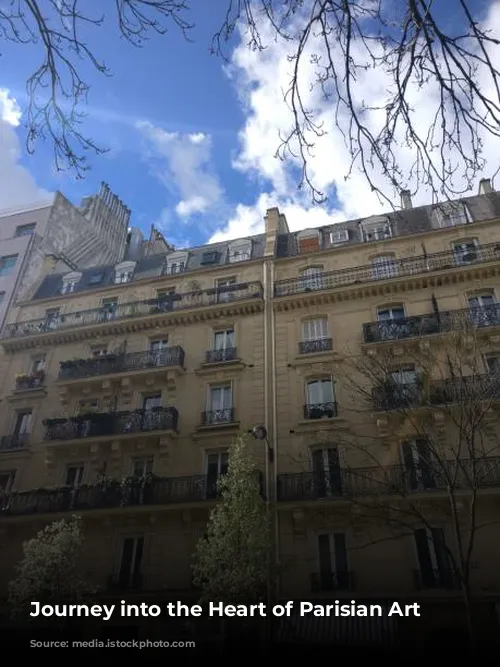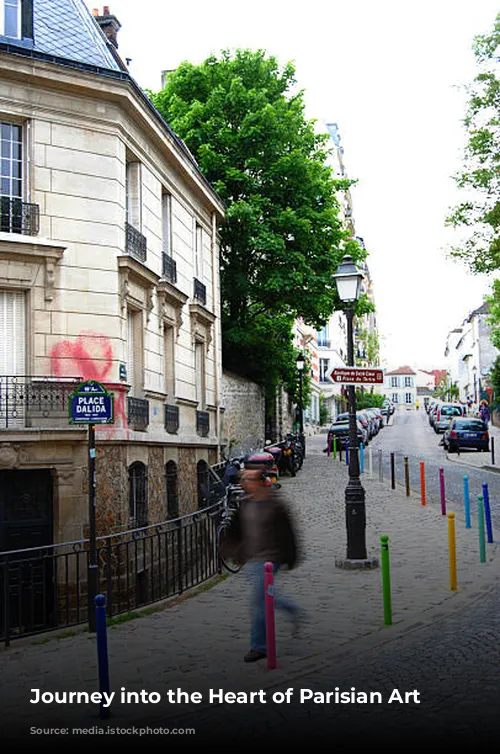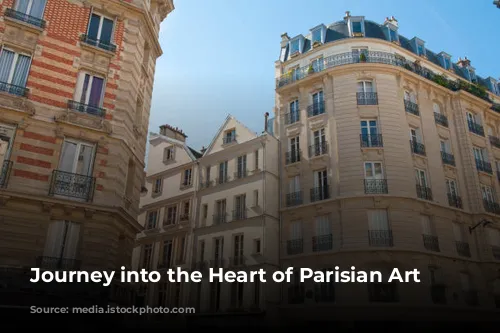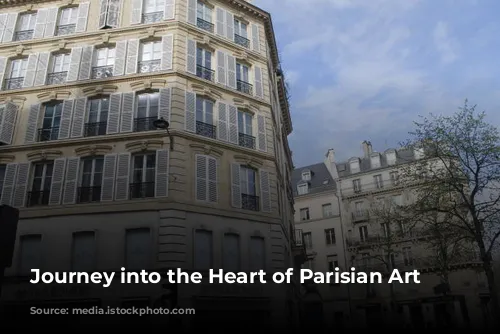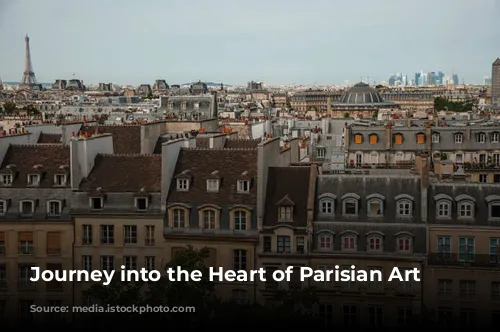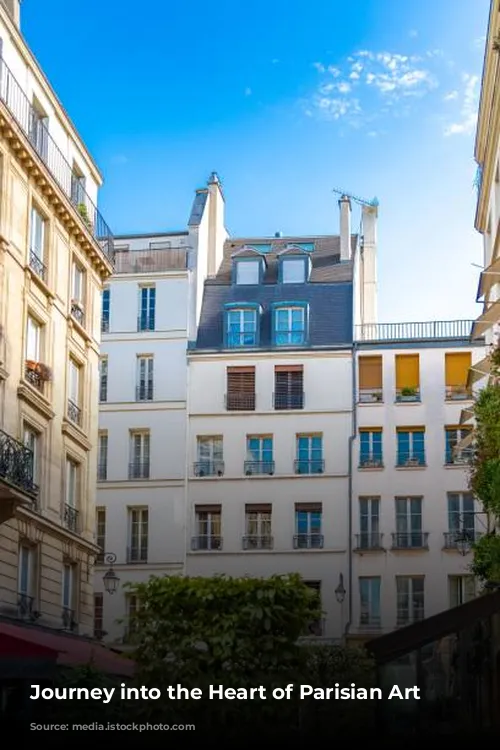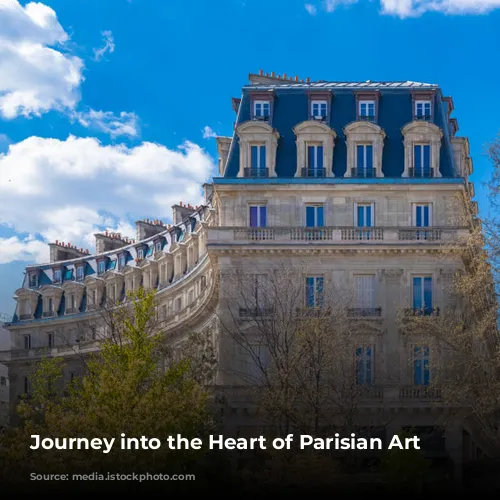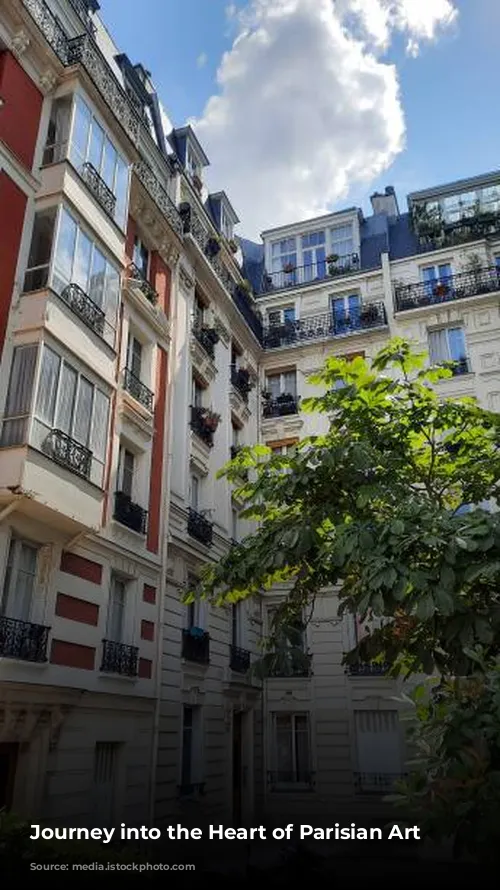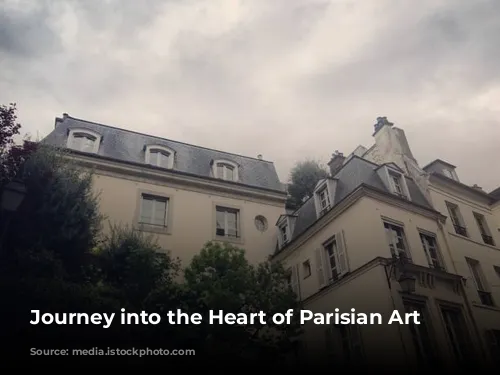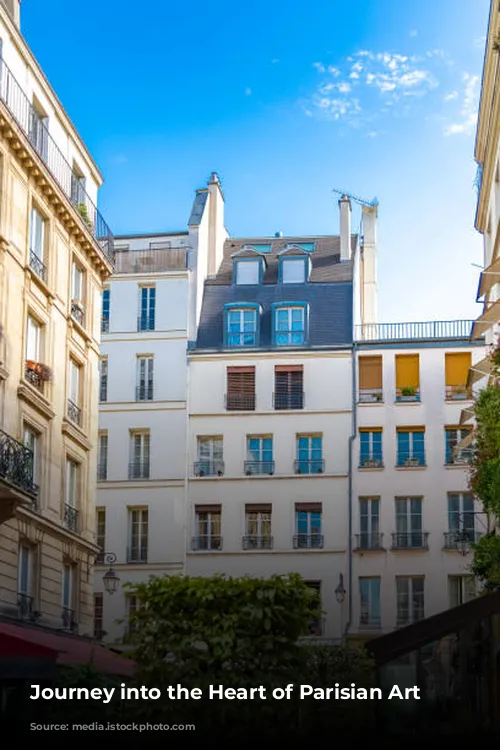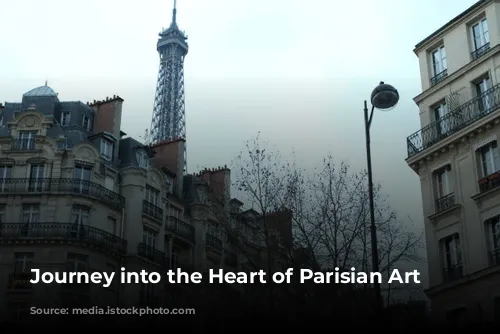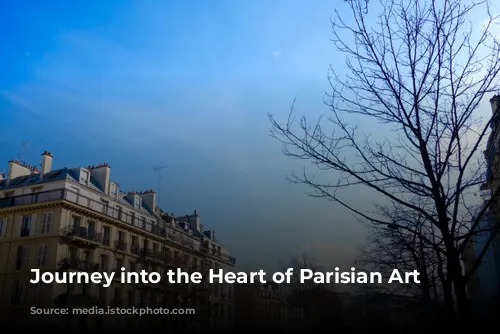Paris, the City of Lights, has a captivating history that’s woven with the fabric of art and design. Among the many styles that have graced its streets and buildings, one stands out: Art Deco. More than just an aesthetic, Art Deco became synonymous with the vibrant energy of the Jazz Age. Imagine Paris in the 1920s – a city brimming with creativity and innovation. This is the era where Art Deco flourished.
The Exposition Internationale des Arts Décoratifs et Industriels Modernes – a grand exhibition held in Paris in 1925 – gave this style its name. Art Deco’s influence spread far and wide, touching upon many creative fields. From fine art to architecture, interior design to fashion, and photography to sculpture, this style left its mark on every corner. Imagine the iconic René Lalique jewelry, the avant-garde photographs of Man Ray, the sleek automobiles of Cartier, the bold fashion designs of Paul Poiret, or the elegant furniture of Robert Mallet-Stevens. These are all powerful expressions of the Art Deco spirit.
A Journey Through Parisian Landmarks
Embark on a journey through Paris and discover some of the most striking examples of this unique style. The Palais de Tokyo, a stunning edifice with its two symmetrical wings, stands as a testament to Art Deco’s grandeur. Today, it houses two art centers: the Musée d’art Moderne, dedicated to modern art, and the Palais de Tokyo, a contemporary art center. Look closely and you’ll see a beautiful peristyle, a serene reflective pool, a sprawling terrace, a grand staircase, and a majestic bas-relief by Alfred Janniot.
Just a stone’s throw away, the Palais de Chaillot is a masterpiece of Parisian architecture. This landmark stands proudly overlooking the Jardins du Trocadéro, offering breathtaking views of the Eiffel Tower and the Champ de Mars. Its two neoclassical pavilions are decorated with an array of Art Deco elements, showcasing the work of 71 painters and sculptors. The Palais de Chaillot houses several important institutions, including the Cité de l’Architecture et du Patrimoine (City of Architecture and Heritage) and the Musée de l’Homme (Museum of Mankind), as well as the prestigious Théâtre National de Chaillot.
Venture out to the Bois de Vincennes, a beautiful park in the east of Paris. Here, the Palais de la Porte Dorée, a majestic building originally constructed for the 1931 Colonial Exposition, is a true treasure of Art Deco architecture. This vast complex covers 16,000 square meters and is adorned with an impressive bas-relief by Alfred Janniot that stretches over 1,000 meters. There’s also a fascinating tropical aquarium to explore. The Palais de la Porte Dorée now serves as the Musée National de l’Histoire de l’Immigration (National Museum of the History of Immigration).
Art Deco Gems in Parisian Museums
The Musée des Arts Décoratifs, located on Rue de Rivoli, houses an extraordinary collection of decorative arts from around the world. This museum’s chronological journey through history takes you from the Middle Ages to the present day. A dedicated section features Art Nouveau and Art Deco pieces. The Musée d’Orsay, renowned for its Impressionist masterpieces, also boasts a captivating collection of Art Deco objects.
For a deeper dive into the world of Art Deco, visit the Musée des Années 1930, located in Boulogne-Billancourt. This museum is a treasure trove of Art Deco treasures, featuring paintings, sculptures, drawings, posters, architectural models, and furniture from the 1930s. Next, journey to the Musée de l’Air et de l’Espace du Bourget, one of the largest aeronautical museums in the world. This museum boasts a stunning architectural gem – the Salle des Huit Colonnes (Hall of the Eight Columns). Its majestic columns, vaulted glass ceiling, marble and wrought-iron staircases, and a magnificent clock make it a breathtaking sight to behold. Recently renovated to restore its original 1930s splendor, this space is a true testament to the enduring beauty of Art Deco.
The Art Deco Touch in Parisian Department Stores
The grand department stores of Paris, such as Printemps, Galeries Lafayette, and Le Bon Marché, underwent a significant transformation in the 1920s. They transitioned from Art Nouveau to Art Deco, embracing the style’s modern elegance. Architects and engineers like Gustave Eiffel, who had previously used glass and iron to create stunning cupolas and glazed roofs in the 19th century, redefined these spaces to create a more modern aesthetic. The aim was to create grand spaces that would showcase the new products of the industrial era. Art Deco, with its clean lines, symmetry, and functional yet artistic character, was the perfect choice to achieve this goal.
As you walk through these Parisian landmarks, you’ll be struck by the lasting legacy of Art Deco. It’s a style that reflects a time of great progress, creativity, and a celebration of beauty. Its elegant forms and striking details continue to captivate the imagination and inspire generations of artists and designers.

